News
-
What to do if the lathe always crashes
Three practical lessons learned from CNC machine collisions—keep crashing! From a machining process perspective, CNC machine tool processing can be divided into three major modules: programming, tool setting, and automated machining. Programming and tool setting are preparatory tasks for machinin...Read more -

Drilling, reaming, boring, honing, boring…a must-read for hole processing!
Holes are critical surfaces on parts such as housings, brackets, sleeves, rings, and discs, and are frequently encountered during machining. Given the same precision and surface finish requirements, hole machining is more difficult than machining external cylindrical surfaces, resulting in lower ...Read more -

How to Repair Threads on a CNC Lathe
I. Problem Statement When turning threads on a CNC lathe, we often encounter the following problems: (1) The thread cutter is damaged during thread turning. (2) We want to change a thread finishing tool to high-speed thread turning. (3) After the thread is turned, we remove it and measure it agai...Read more -

Hydrogen, the culprit causing porosity in aluminum welding
During aluminum welding, the weld metal solidifies and traps hydrogen, creating porosity. Hydrogen is the primary cause of porosity. Hydrogen can be generated from a variety of sources during aluminum welding, including moisture in the ambient air, moisture trapped in or on the weld metal oxide l...Read more -

Detailed introduction to gas welding and oxygen welding
The basic operation of gas welding includes the ignition, regulation, and extinguishing of the oxy-acetylene flame, starting welding, the movement of the welding torch and welding wire during welding, and the key techniques for jointing and finishing. Gas welding can be divided into left-hand we...Read more -

What factors affect welding quality and how to perform heat treatment before and after welding?
Welding quality depends primarily on the welding material, groove shape, welding method, heat treatment, and welder skill. Factors Affecting Welding 1) Among welding methods, flat welding is relatively easy, followed by vertical and horizontal welding, and overhead welding is relatively difficul...Read more -
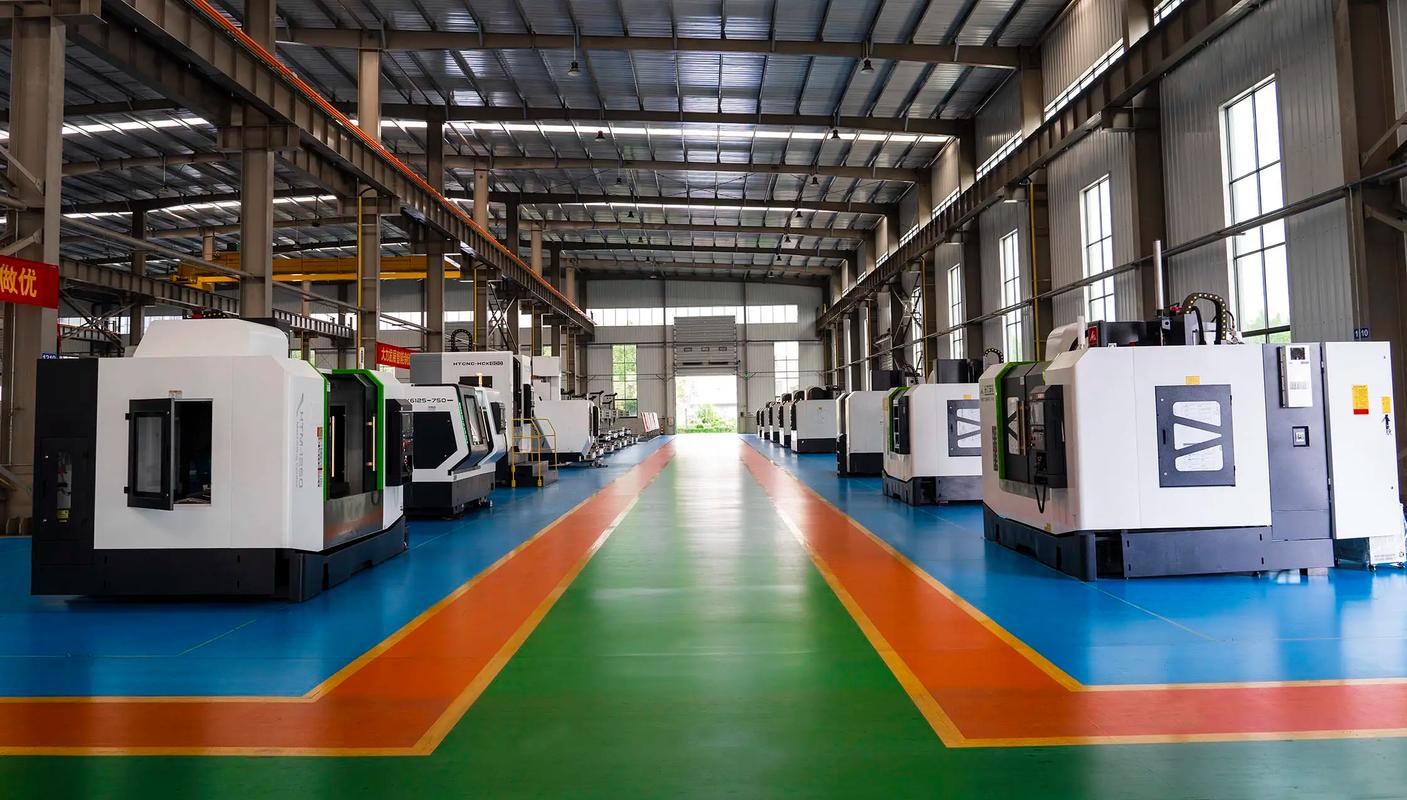
Quick Start on CNC Machining Center Programming
Concept 1: Instruction grouping: Group instructions with similar functions into one group. G codes of the same group cannot appear in the same line of program segment at the same time. Concept 2: Program segment The program segment is the basic component of the program. The program segment is com...Read more -
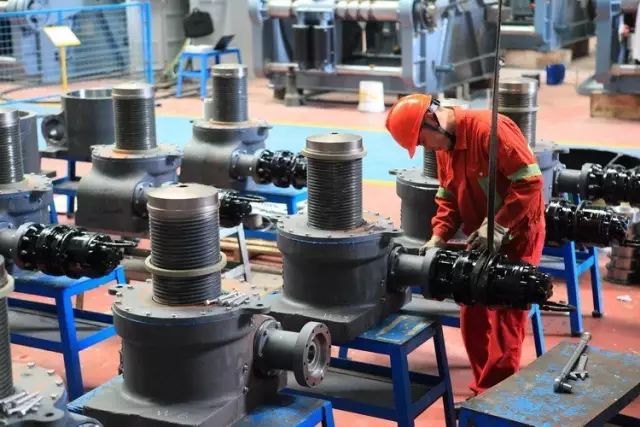
Complete technical requirements for heat treatment, tolerance, etc.
General technical requirements 1. Remove the oxide scale from the parts. 2. There should be no scratches, abrasions or other defects that damage the surface of the parts on the processed surface. 3. Remove burrs and flash. Heat treatment requirements 1. After quenching and tempering, HRC50~55. 2....Read more -
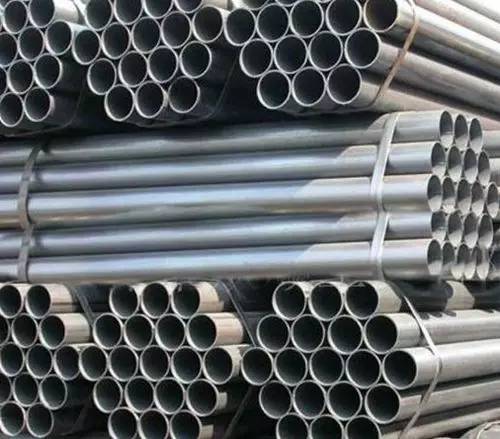
Super practical! Various steel weight calculation formulas, save them!
Formula for calculating the weight of rebar: diameter mm × diameter mm × 0.00617 × length m Example: Calculation of rebar Φ20mm (diameter) × 12m (length): 20 × 20 × 0.00617 × 12 = 29.616kg Steel pipe weight calculation formula: (outer diameter – wall thickness) × wall thickness mm × 0.0246...Read more -

13 key points to prevent welding deformation, simple and practical
Since welding deformation is mostly caused by the asymmetric heat generated by welding, resulting in different expansions, several methods to prevent welding deformation are summarized as follows for reference: 1. Reduce the cross-sectional area of the weld. On the premise of obtaining a compl...Read more -
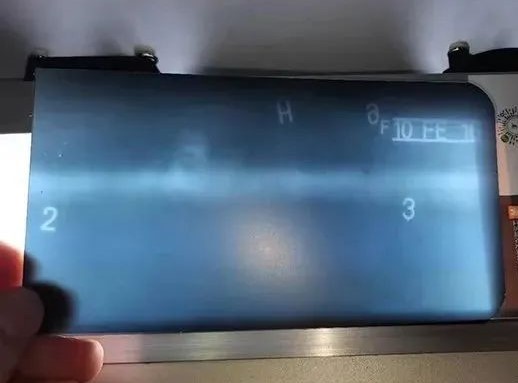
What is the strip defect? Why can’t it be polished away and why can’t it be seen?
We often see strip defects in rework orders. Many welders say, “I know about pores, slag inclusions, and incomplete penetration. What is this strip defect? I can’t see it during grinding. What is this defect?” Today, let’s explain the definition of strip defects. The def...Read more -
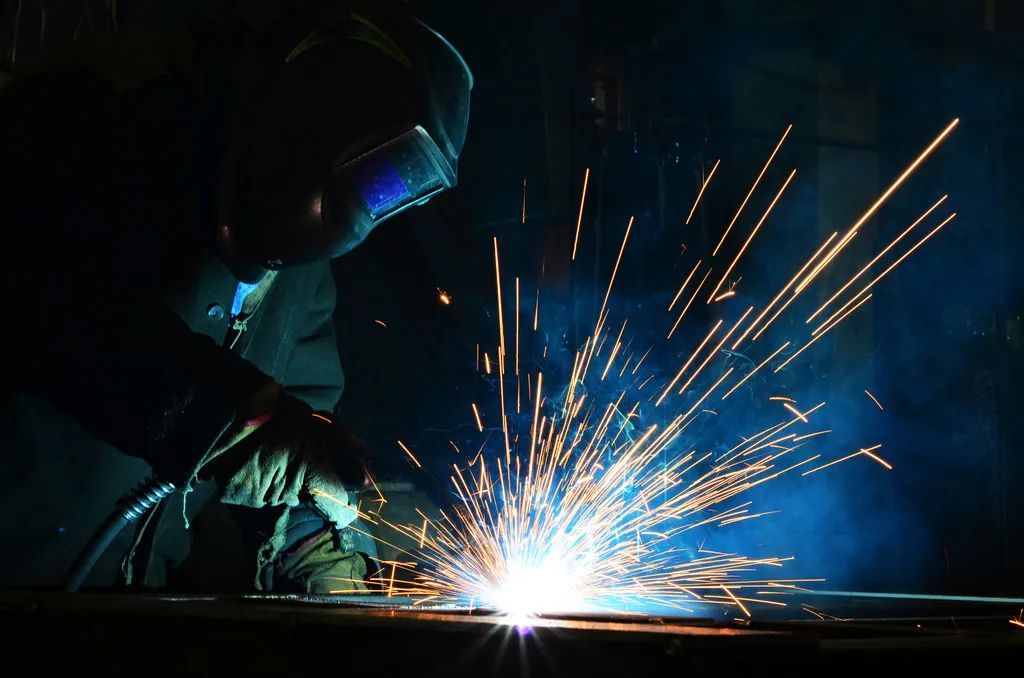
Measures to improve fatigue strength of welded structures
Measures to improve fatigue strength of welded structures 1) Reduce stress concentration fatigue crack sources in welded joints and stress concentration points on structures. All means to eliminate or reduce stress concentration can improve the fatigue strength of structures. (1) Adopt reasonable...Read more



